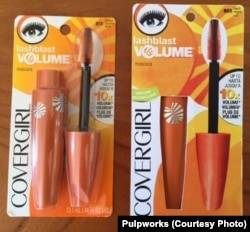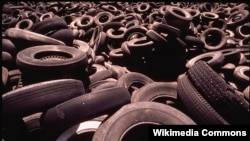Rut-Roh Rorge...
Biodegradeable products release methane which is more potent than CO2 as a greenhouse gas
[SNIP]
[/SNIP]
Just like CFL's create more problems to escape a false one...
Biodegradeable products release methane which is more potent than CO2 as a greenhouse gas
[SNIP]
Research from North Carolina State University shows that so-called biodegradable products are likely doing more harm than good in landfills, because they are releasing a powerful greenhouse gas as they break down.
Biodegradable materials, such as disposable cups and utensils, are broken down in landfills by microorganisms that then produce methane, says Dr. Morton Barlaz, co-author of a paper describing the research and professor and head of NC States Department of Civil, Construction, and Environmental Engineering. Methane can be a valuable energy source when captured, but is a potent greenhouse gas when released into the atmosphere.
And the U.S. Environmental Protection Agency (EPA) estimates that only about 35 percent of municipal solid waste goes to landfills that capture methane for energy use. EPA estimates that another 34 percent of landfills capture methane and burn it off on-site, while 31 percent allow the methane to escape.
In other words, Barlaz says, biodegradable products are not necessarily more environmentally friendly when disposed in landfills.
[/SNIP]
Just like CFL's create more problems to escape a false one...





